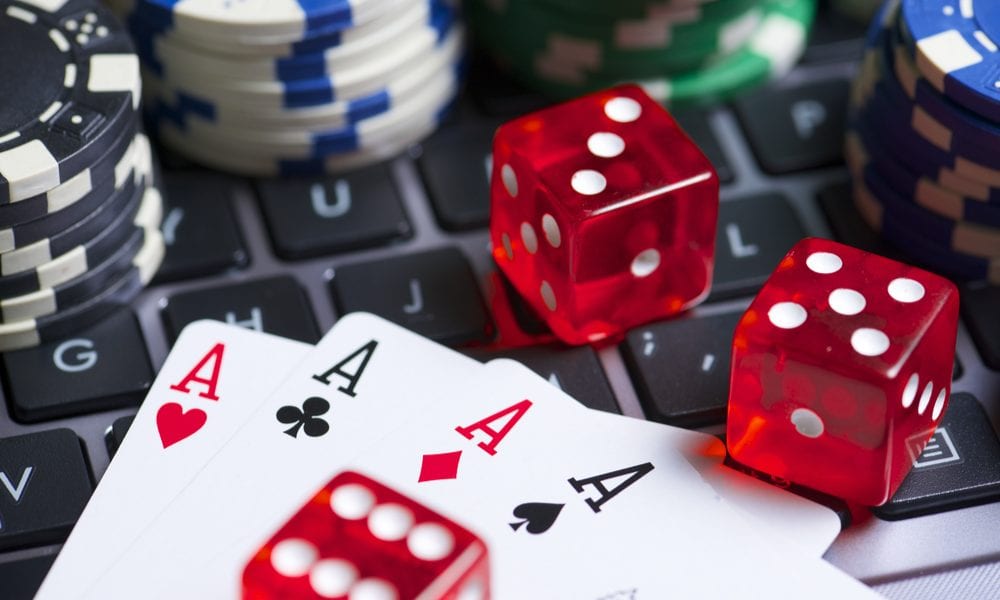How does the return-to-player percentage mean for players?
 Posted On
Posted On
That 96.5% RTP figure displayed on your favourite online slot isn’t just a random marketing number it represents a crucial mathematical calculation that directly impacts your chances of winning. While many players scan past this percentage in their excitement to spin the reels and chase that slot machine, understanding RTP gives you valuable insight into how slot machines function over time.
Mathematical reality
Return to Player (RTP) measures how much a slot machine returns to players over its lifetime. A slot with 96% RTP will theoretically return $96 for every $100 wagered—not to each player, but across all players collectively over millions of spins. This mathematical foundation relies on probability theory and large-number sampling. Game developers test slots through billions of simulated spins to verify the programmed RTP matches actual performance.
- Base game wins
- Bonus round payouts
- Free spin sequences
- Progressive jackpot contributions
- Special feature triggers
The comprehensive nature of this calculation makes it a reliable indicator of a game’s overall generosity compared to other slot titles.
Short-term vs. long-term reality
The most misunderstood aspect of RTP involves timeframes. Players often expect their calculated percentage back during a single playing session. This misconception leads to frustration when reality doesn’t match expectations.
- In practical terms, RTP manifests over millions of spins, not hundreds or thousands. During shorter timeframes, variance (volatility) plays a much more significant role in determining outcomes.
- High-volatility slots with substantial slot maxwin potential often deliver extended losing streaks punctuated by occasional significant wins.
This variance explains why two players can have radically different experiences on the same machine with identical RTP. One might hit a major jackpot within minutes, while another might play for hours without triggering significant wins.
Game selection strategy
Smart players use RTP as one factor among many when selecting games. Higher RTP percentages generally mean better value over time, but other considerations matter, too:
Higher RTP slots (96-98%) typically offer:
- Better long-term value
- More frequent small-to-medium wins.
- Extended playing time per deposit
- Lower volatility on average
Lower RTP slots (88-94%) often feature:
- Higher volatility
- Larger potential maximum payouts
- More bonus features
- Bigger progressive jackpots
The relationship between RTP and volatility isn’t always direct. Some games combine high RTP and volatility, offering good long-term value and substantial payout potential.
Hidden RTP factors
- Casino operators sometimes have flexibility in setting RTP levels for their games. This lesser-known industry practice means the same slot might have different RTP settings at various casinos. Some jurisdictions require transparency about these settings, while others don’t.
- Progressive jackpot slots present another RTP complexity. A portion of each wager contributes to the growing jackpot, which means the effective RTP changes as the jackpot grows.
Some games also feature variable RTP across different betting levels. Higher bets activate better payout percentages, incentivising players to wager more. These variations usually appear in the game’s detailed rules but rarely in the main RTP display.
RTP percentage represents vital information that helps players make informed decisions about their slot gameplay. While it doesn’t predict individual session outcomes, it provides valuable insight into game mechanics and long-term performance. By understanding what this number means and its limitations, you can approach slot gaming with more realistic expectations and better bankroll management strategies. Rather than treating RTP as the only factor in game selection, use it as one tool among many to evaluate slots. The ideal approach combines RTP awareness with consideration of volatility, bonus features, and personal preferences to find games that match your playing style and goals.


